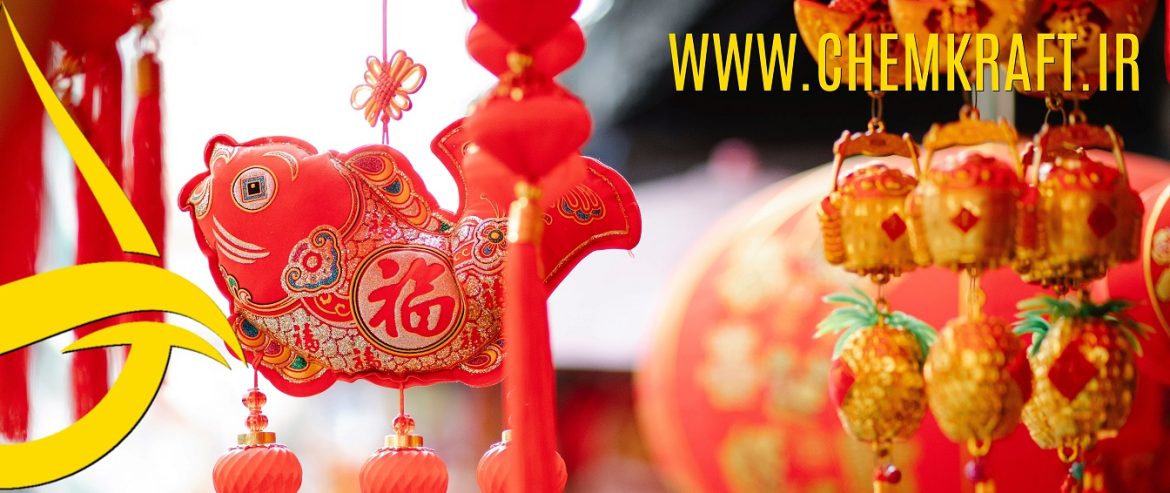CAUSTIC SODA PRODUCTION IN EASTERN ASIA
A COMPREHENSIVE OVERVIEW AND ITS IMPLICATIONS ON IRAN’S EXPORTS
Hossein Moshiri
Introduction:
Caustic Soda in Asia: Eastern Asia has emerged as a powerhouse in the global chemical industry, with several countries playing a significant role in the production and export of key chemicals, including caustic soda. This essay delves into the major caustic soda producer companies in Eastern Asia and examines the potential implications of their dominance on Iran’s caustic soda exports.
Caustic Soda Production in Eastern Asia:
Eastern Asia is home to some of the world’s largest chemical manufacturing nations, each contributing significantly to the global supply of caustic soda. China, Japan, South Korea, and Taiwan are key players in the region, boasting advanced chemical industries with substantial caustic soda production capacities.
- China:
- As the largest producer and consumer of caustic soda globally, China’s chemical industry has a massive impact on the market. Numerous state-owned and private enterprises contribute to China’s caustic soda production, making it a dominant force in the industry.
- Japan: Japan, with its advanced technological capabilities, is another major contributor to caustic soda production in Eastern Asia. Several well-established chemical companies in Japan operate modern facilities capable of producing high-quality caustic soda.
- South Korea: South Korea has a robust chemical industry, with companies like LG Chem and Hanwha Solutions actively participating in caustic soda production. The country’s industrial strength positions it as a significant player in the regional and global chemical market.
- Taiwan: Taiwanese chemical companies, including Formosa Plastics and China Petrochemical Development Corporation (CPDC), contribute to the production of caustic soda in the region. These companies leverage advanced technologies and efficient production processes.
Implications for Iran’s Caustic Soda Exports:
The dominance of major caustic soda producer companies in Eastern Asia raises questions about its potential impact on Iran’s caustic soda exports. Several factors must be considered when evaluating the implications:
Global Market Dynamics:
The global caustic soda market is vast and diverse. While Eastern Asia is a major production hub, there is still room for other producers to cater to specific regional demands. Iran’s caustic soda exports may find niche markets or address unique needs that are not fully met by Eastern Asian producers.
Quality and Specialized Products:
Iranian caustic soda producers may focus on producing high-quality or specialized forms of caustic soda that cater to specific industries. Differentiation in terms of product quality, purity, or specialized applications can provide a competitive edge in the market.
Logistics and Transportation:
The geographic proximity of Eastern Asia to certain markets may give regional producers a logistical advantage. However, the efficiency of transportation networks, shipping routes, and infrastructure can impact the competitiveness of Iranian caustic soda exports to specific destinations.
Trade Agreements and Relationships:
Existing trade agreements and diplomatic relationships can influence the ease with which Iranian caustic soda can penetrate markets dominated by Eastern Asian producers. Bilateral agreements, tariffs, and diplomatic ties play a crucial role in facilitating or hindering trade.
Economic and Political Factors:
Economic and political stability in both exporting and importing countries can significantly influence trade dynamics. Iran’s ability to maintain stable economic conditions and navigate international relations can impact its caustic soda exports.
Mitigating Challenges and Seizing Opportunities: To navigate the challenges posed by the dominance of Eastern Asian caustic soda producers, Iranian exporters can adopt several strategies:
- Market Research and Differentiation:
- Conducting in-depth market research to identify specific demands and gaps in the market can help Iranian producers tailor their caustic soda products to meet unique needs. Differentiation based on quality, purity, or specialized applications can create a competitive advantage.
- Investment in Technology and Efficiency:
- Continuous improvement in production processes, technology adoption, and operational efficiency can enhance the competitiveness of Iranian caustic soda in terms of both cost and quality.
- Diversification of Export Markets:
- Instead of relying heavily on one or a few markets, Iranian exporters can explore diversification strategies to reach new regions and industries. This can help mitigate risks associated with dependence on specific markets.
- Collaborative Ventures and Partnerships:
- Collaborative ventures and partnerships with international companies can open new avenues for market access. Joint ventures can facilitate technology transfer and improve the overall competitiveness of Iranian caustic soda.
- Compliance with International Standards:
- Adhering to international standards and regulatory requirements is essential for gaining the trust of international buyers. Ensuring that Iranian caustic soda meets or exceeds industry standards enhances its marketability.
See also Unifying Forces: Syndicates and Unions in the Global Chlor-Alkali Industry
Conclusion:
While the dominance of major caustic soda producer companies in Eastern Asia poses challenges for Iran’s exports, it also presents opportunities for strategic positioning and market differentiation. Through a combination of quality focus, technological advancement, and targeted market strategies, Iranian caustic soda producers can navigate the competitive landscape and establish a meaningful presence in the global caustic soda market. The key lies in identifying and capitalizing on niche opportunities while continually adapting to evolving market dynamics and international trade.
Hossein Moshiri
WA +989124311007
Source: https://chemkraft.ir/en/caustic-soda-in-asia/
Comments
Post a Comment